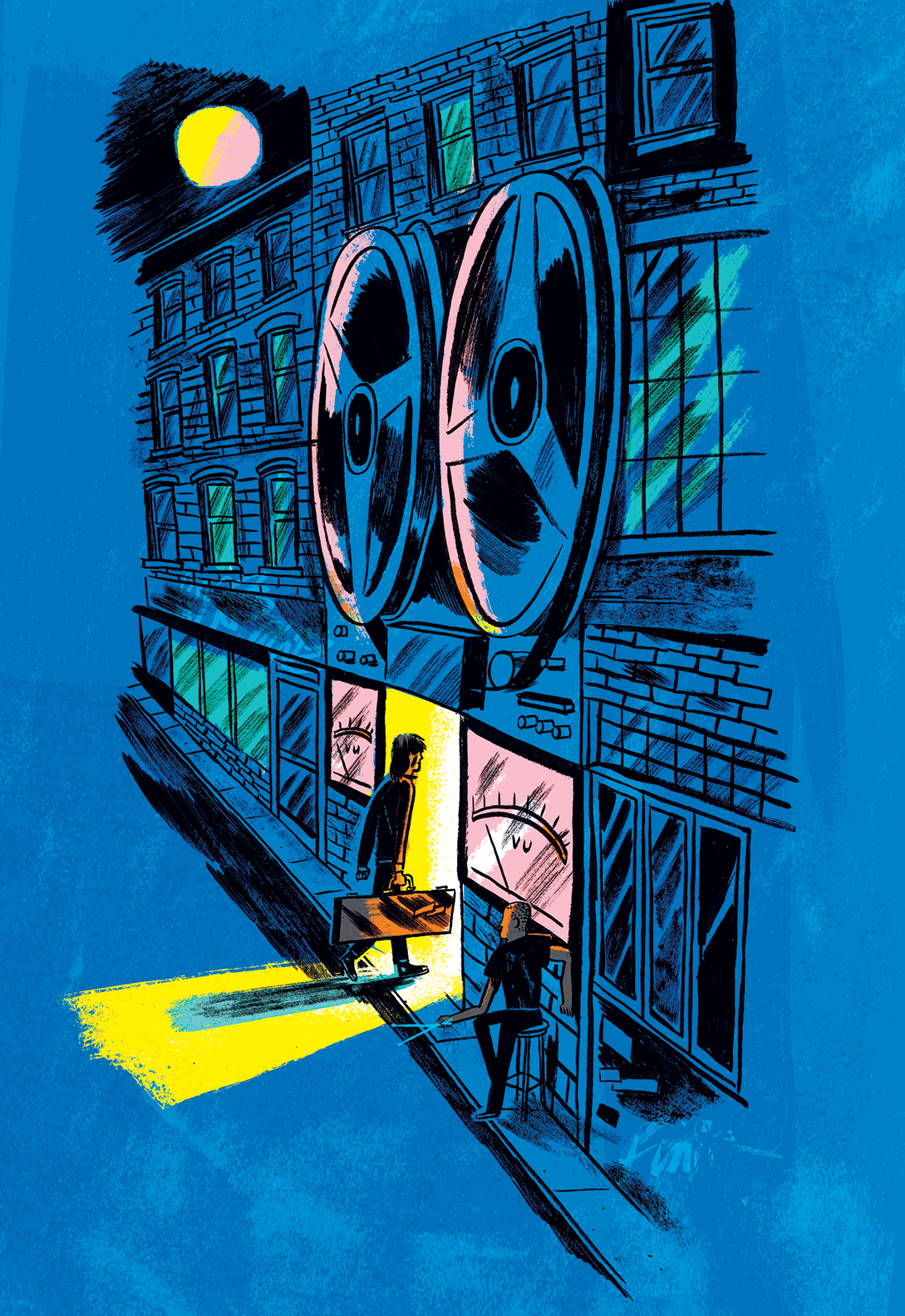There are certain criteria I look for in gear that I choose to use and write about. It has to have excellent value and be useful in a wide variety of situations. Let’s face it. Money is tight for most of us in the business of music-making these days, and we need to invest smartly. I prefer to buy from boutique makers who are accessible and responsive. Stager Microphones sets and raises the bar on this.
Matt Stager, who’s paid his dues with years of experience in the audio industry, has been busy handmaking some pretty incredible ribbon mics at his shop in Nashville. And when I say “handmade,” I mean that in every sense. Matt assembles his ribbon motors and winds his own transformers, while relying on local metalworkers (a machinist and a precision fabricator) to mill the body and bend the mechanical bits. It doesn’t get any more boutique than this.
After receiving the carefully packaged mics, the first thing that struck me was the handmade wooden case for the SR-1A. I was really impressed with the packaging of the SR-1A. That box is super cool, and it has a silkscreened logo. (Newer boxes for both models are now laser-engraved, in house.) I pulled out the SR-1A and was surprised by the weight. This mic is beastly. It just oozes vibe, and it turned a lot of heads in the studio.
The SR-1A houses two massive alnico magnets around a 1.8 µm ribbon, as well as a custom-designed, hand-wound toroidal transformer. Did I say this mic is a beast? The casing is very robust, and the mount is a breeze to work with. Positioning the mic is no sweat, though you may do well to use a heavier stand or one with counterweights. A right-angled XLR cable might even make things a tad easier, but I had no complaints using standard mic cables.
The smaller SR-2N, on the other hand, swaps out the alnico magnets for a smaller neodymium motor. These mics are a labor of love for Stager, and this is evident in his tireless work ethic and evolution of design. If there are improvements to be made, Matt will, and has found a way to address them. The SR-2N I tested has a newly redesigned motor that gives the mic about +10 dB more gain than the first version of the mic I tried, making it more useable for quieter sources. The SR-2N comes with a mic clip that has proven to be quite versatile when placing the mic. No complaints there.
I fired up the mics and eventually settled on pairing them with an RTZ 9762 preamp [Tape Op #41], due to the large amount of gain it has on tap. Passive ribbons generally need a fair amount of gain, and the Stager is no exception.
I had an Appalachian rock band booked to come in the studio — an excellent opportunity to put these mics to work on a variety of sources. I put the SR-1A on center kit, over the kick pointing at snare. It was really fat and thick sounding, yet clear! The mic is weighty in tone, with a smooth top end and a huge bottom — which really gave a weight to the drums when the SR-1A was mixed in with the rest of the mics on the kit. It filled out the bottom end nicely. This mic captures a very nice depth, and its nulls are fantastic to work with!
Next, I put up the SR-2N on a Dr. Z Maz 18, 1×12 combo. I really, really like this mic on guitar cabs. Matt had told me he had rock & roll in mind when designing these mics, and it shows. It’s warmer than the SR-1A, rolling off more top end. And the bottom end — man, such a big sound for a mic its size! I’m really impressed with this mic. It punches through the midrange, and the tone complemented the guitar amp very nicely.
We also tracked acoustic guitar (Gibson J-45) with the SR-2N. While the mic didn’t sparkle like a Neumann KM 84, it proved to be the perfect fit for the song — warm and inviting. The SR-2N, with its smooth top end, does not lack transient detail.
Recording vocals allowed us to really hear the finesse in the SR-1A. Its top end is really something special. It’s super smooth and creamy — never fatiguing and never harsh. Sounding more refined than the SR-2N, the SR-1A is fuller and more consistent across the frequency range.
With roots inspired by designs from the 1940s, Stager has made modern-day, vintage-style ribbon mics his calling. The only other ribbon I had on hand to compare was a Samar VL37, but that’s far from a useful comparison, as the Samar has its own wonderful thing going on. I have heard comparison files between the Stagers and an AEA R44CE, and this test is far more interesting. It’s a good place to start if you’re trying to get your bearings on the sound of a Stager — wide and thick, perhaps even bigger sounding.
There are some well-known names that have become hip to the Stager sound and are regularly using his mics (Guns N’ Roses, Kings of Leon, and Chris Stapleton, to name a few). I suspect the list will continue to grow as word spreads.
Lastly, it’s the price of these mics that really knocks it out of the park. $600 for the handmade-in-the-USA SR-2N boutique ribbon mic that can stand tall with the AEA R44CE? And $1500 for the beastly euphonic SR-1A monster with its creamy top and huge bottom that might even surpass its vintage brethren? Yes. These mics deserve your attention. I wouldn’t be writing about them if they didn’t.




_disp_horizontal_bw.jpg)